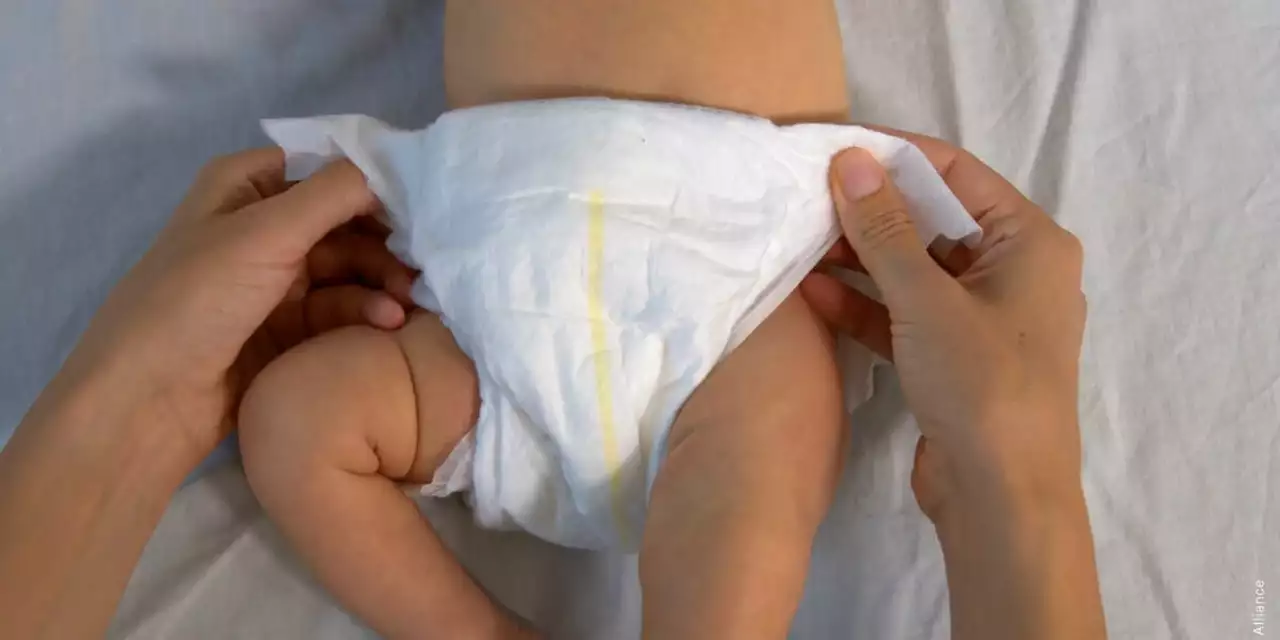What if the diaper you pick can change how often your baby gets a rash? Many parents treat diaper choice as a convenience call, but materials, fit, and change habits matter more than you think. This guide compares cloth and disposable diapers and gives simple steps you can use today to keep skin healthy.
Cloth diapers are soft, reusable, and eco-friendly. They often use natural fabrics like cotton or bamboo that breathe well. But cloth needs more frequent changes and careful washing. If you leave a wet cloth diaper on too long, the skin stays damp and rashes can start.
Disposable diapers pull moisture away with absorbent gels and can keep skin dry longer between changes. That dryness helps prevent some rashes. However, some disposables use fragrances or chemicals that irritate sensitive skin. If your baby develops redness after switching brands, check ingredients and try fragrance-free options.
Change diapers often. Newborns may need a change every one to two hours; older babies usually every two to three hours or after bowel movements. A wet or soiled diaper is the top cause of rashes.
Check the fit. Diapers that are too tight chafe skin and block airflow. Ones that are too loose leak and expose skin to moisture. Aim for a snug but comfortable fit around the waist and legs.
Use barrier cream when needed. A thin layer of zinc oxide or petroleum jelly protects skin from moisture and irritants. Apply before naps, overnight, or whenever redness appears.
Give diaper-free time. Air exposure helps the skin recover. Lay a towel and let your baby go diaper-free for 10 to 20 minutes a few times a day, especially after applying cream.
For cloth diapers, choose the right detergent and rinse thoroughly. Residue from harsh detergents can irritate skin. Use a hypoallergenic detergent and run an extra rinse cycle if you see buildup.
Try different materials. For disposables, look for hypoallergenic, fragrance-free lines. For cloth, try natural fibers like organic cotton or bamboo inserts that wick moisture well.
When to call a pediatrician: if a rash spreads, has blisters, pus, or the baby has a fever, seek medical advice. Yeast infections and bacterial infections need treatment beyond home care.
Pick what fits your routine. Cloth can save money and be gentler for some babies; disposables can offer longer dryness between changes. Watch your baby's skin, adjust how often you change, and use simple protective steps. Small habits make a big difference in keeping baby happy and rash-free.
If you want a plan, try this for two weeks: choose one diaper type, change every two hours during the day, leave diaper-free time after naps, use a thin layer of barrier cream at bedtime, and switch to fragrance-free detergent. Track any changes to redness. If the rash improves, keep that routine; if not, talk to your pediatrician and consider testing a material or brand.

Learn how to talk to kids about toothaches with age‑appropriate language, coping tips, and when to see a dentist. This guide offers practical steps and comforting conversation tricks for parents.

In today's post, we're looking at the age-old debate of cloth diapers vs. disposable diapers in terms of preventing diaper rash. While some parents swear by the soft, reusable cloth diapers for reducing skin irritation, others believe the super-absorbent disposable diapers keep their baby's skin drier and rash-free. In my research, I discovered that although cloth diapers are eco-friendly and cost-effective, they may require more frequent changes to prevent rashes. On the other hand, disposable diapers have a chemical gel that absorbs moisture, but may cause irritation for some babies with sensitive skin. Ultimately, the best choice for preventing diaper rash depends on your baby's skin type and your commitment to frequent diaper changes.